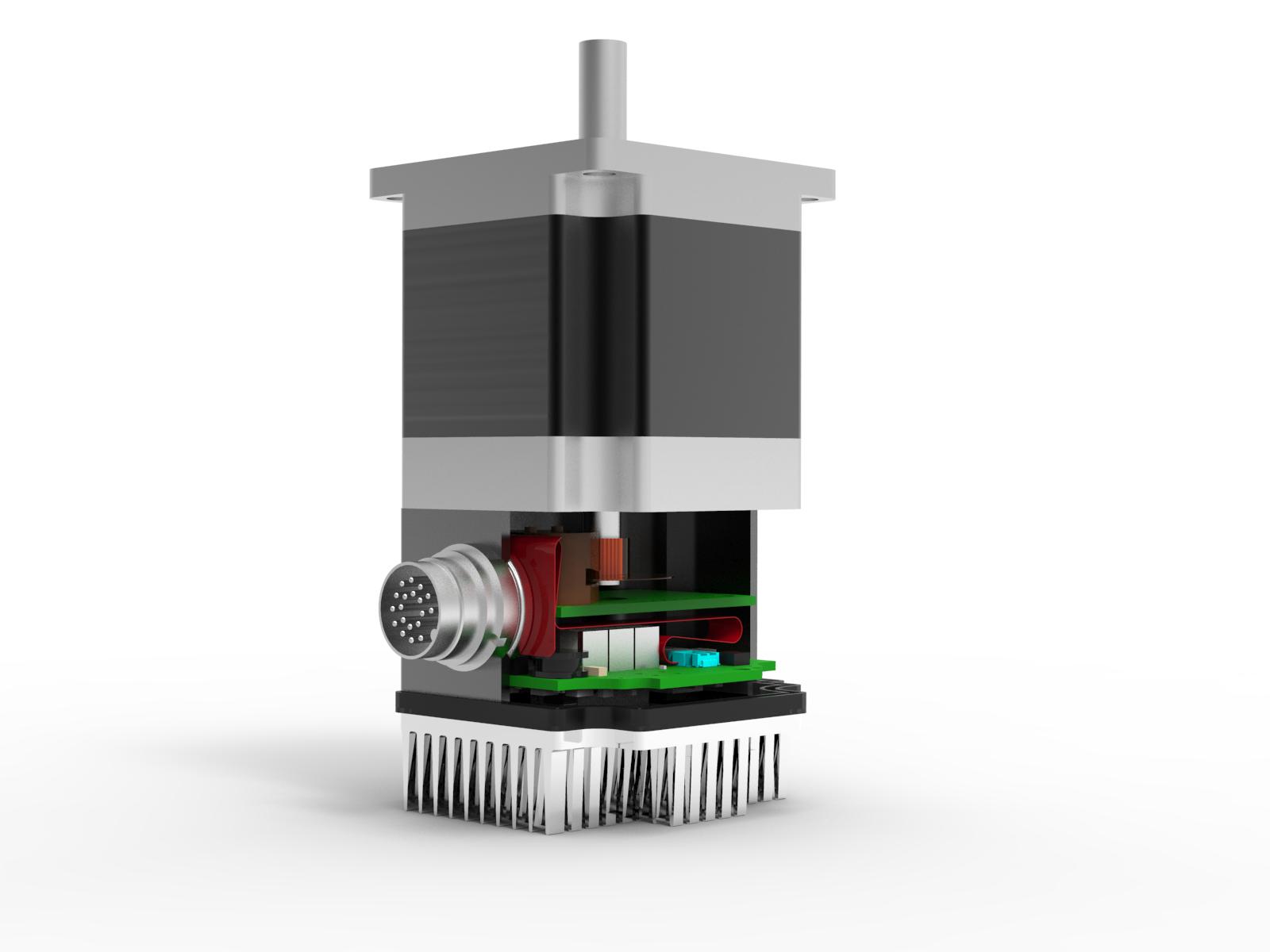The Case of the Noisy Bus Bar

Interesting Projects Blog
June 26 2024 | Donald P. Labriola PE
We were working on a large medical analyzer that had a computer card cage across the top of the instrument. The power supplies were located in the base of the instrument. The power supplies were located on a slide out “drawer” with flexible access wiring. To minimize voltage drop and packaging size, a formed multi-layer Bus Bar was used to bring the eight power supply and ground connections from the power tray to the backplane distribution point. Each of the sandwiched copper
laminates (affectionately called the hockey stick for its L shape) had a conductor cross section of approximately 1 inch by .030′′, with the ground conductor being 1 inch by .050′′. Each conductor was separated from the next by a fairly thin dielectric. The Bus Bar was about 5 feet in length, and the service loop to the power supply drawer was approximately three feet.
On the first pass of the prototype design, a significant amount of noise was noticed at the backplane, the common ground point between the various power supplies and the chassis being located in the power tray. The engineer responsible for this section assumed it was too much resistance, and the ground bus conductor was changed to 1′′ x .25′′ cross section on the second pass. Not only did the noise remain, it appeared to actually increase.
At this point, I was asked to investigate what was going on. A little looking found the noise was approximately 30 MHz. This was the third harmonic of a 10 Mhz backplane clock (yes – MultiBus from days of old). A quick look indicated the total wiring distance from the power supplies and the card cage was about 8 feet overall – very close to 1⁄4 wavelength at 30MHz, forming a resonant network, my guess for the real culprit. I added a small 0.01 uF capacitor from the top end of the Bus Bar to the adjacent chassis, and immediately the noise level went away.
The designer of the bus system did not at first believe that the small capacitor had quieted the bus with such a heavy copper cross-section. I knew that he used to have a CB (11 meter/ 27 MHZ) in his car, so I asked him about the length of the antenna. He immediately got the picture: The Bus Bar was close to a quarter-wave length, acting as a transmission line at 30 MHz, it transformed the low impedance grounding point at the power supplies to a very high impedance node at the back plane. The capacitor was connected to the chassis, which did not have the same effective path length, and thus did not exhibit the same resonance. Quenching the resonance had killed the noise. The system went on to ship for many years!
Related Posts

Operational Advantages of Integrated Motors
Operational Advantages of Integrated Motors Interesting Projects Blog April 17 2024 | Donald P. Labriola PE Combining a motor with

Integrated Hybrid Servo Motors Vs Standard Integrated Servo Motors
Integrated Hybrid Servo Motors Vs Standard Integrated Servo Motors Interesting Projects Blog April 10 2025 | Donald P. Labriola PE
